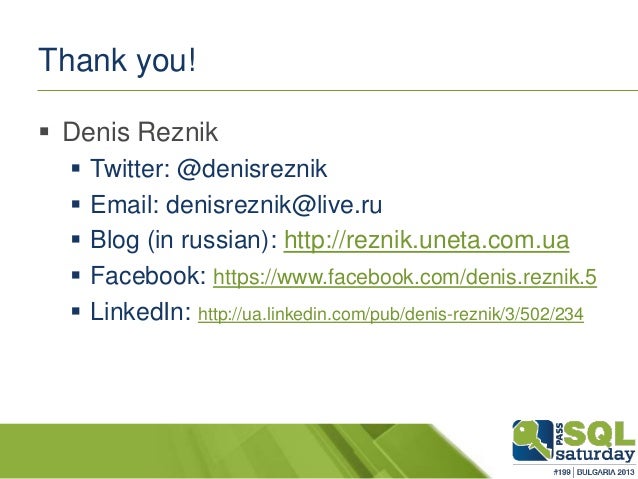

Prevent changes to the columns that the view references. Allow users access to the CustomerName, Address, City, State and PostalCode columns. Prevent the view from being published as part of Microsoft SQL Server must meet the following requirements: 1. Modified data must be visible through the view. Allow changes to the columns that the view references. Allow users access to the CustomerName and CustomerNumber columns for active customers. You plan to create a view named Website.Customer and a view named must meet the following requirements: 1. The following table displays selected columns and rows from the Customer table. The value of the Account1Status and Account2Status columns are equal to one for active accounts.

You create the Customer table by running the following Transact-SQL statement: The value of the CustomerStatus column is equal to one for active customers. The database also contains a schema named Website. The three tables are part of theSales schema. SQL Server deadlock is a problem in which two sessions lock on a resource that the other session wants to access and vice versa.You have a database named DB1 that contains the following tables: Customer, CustomerToAccountBridge, and CustomerDetails.
#SQL DEADLOCK WITH NOLOCK CODE#
Code language: SQL (Structured Query Language) ( sql ) Summary Transaction (Process ID 65) was deadlocked on lock resources with another process and has been chosen as the deadlock victim. In our case, the deadlock victim is the process ID 65. Once a deadlock occurs, SQL Server will kill a deadlock victim. Here’s the sequence of statements that you need to execute from each session. Then, we’ll create two sessions to connect to the database. ) Code language: SQL (Structured Query Language) ( sql ) SET total = ( SELECT SUM(amount * ( 1 + tax)) INSERT INTO invoice_items ( id, invoice_id, item_name, amount, tax) INSERT INTO invoices (customer_id, total) Tax decimal( 4, 2) NOT NULL CHECK (tax >= 0),įOREIGN KEY (invoice_id) REFERENCES invoices ( id) Total decimal( 10, 2) NOT NULL DEFAULT 0 CHECK (total >= 0)Īmount decimal( 10, 2) NOT NULL CHECK (amount >= 0), In this example, we’ll first create the invoices and invoice_items tables: CREATE TABLE invoices ( Let’s take a look at an example of creating a deadlock. The session that is terminated by SQL Server is called a deadlock victim. At the same time, session two wants to access the invoices table but needs to wait for session two to complete.Īs the result, two sessions are waiting for each other until SQL Server proactively terminates one of them. Third, session one wants to access the invoice_items table but needs to wait for session two complete.Second, session two locks the invoice_items table and locks it.First, session one accesses the invoices table and locks it.In this picture, the invoices and invoice_items are tables. The following picture illustrates a deadlock in SQL Server: The first session has a lock on a resource that the other session wants to access, and vice versa. Introduction to the SQL Server deadlockĪ deadlock is a concurrency problem in which two sessions block the progress of each other.
#SQL DEADLOCK WITH NOLOCK HOW TO#
Summary: in this tutorial, you’ll learn about the SQL Server deadlock and how to simulate a deadlock.


 0 kommentar(er)
0 kommentar(er)
